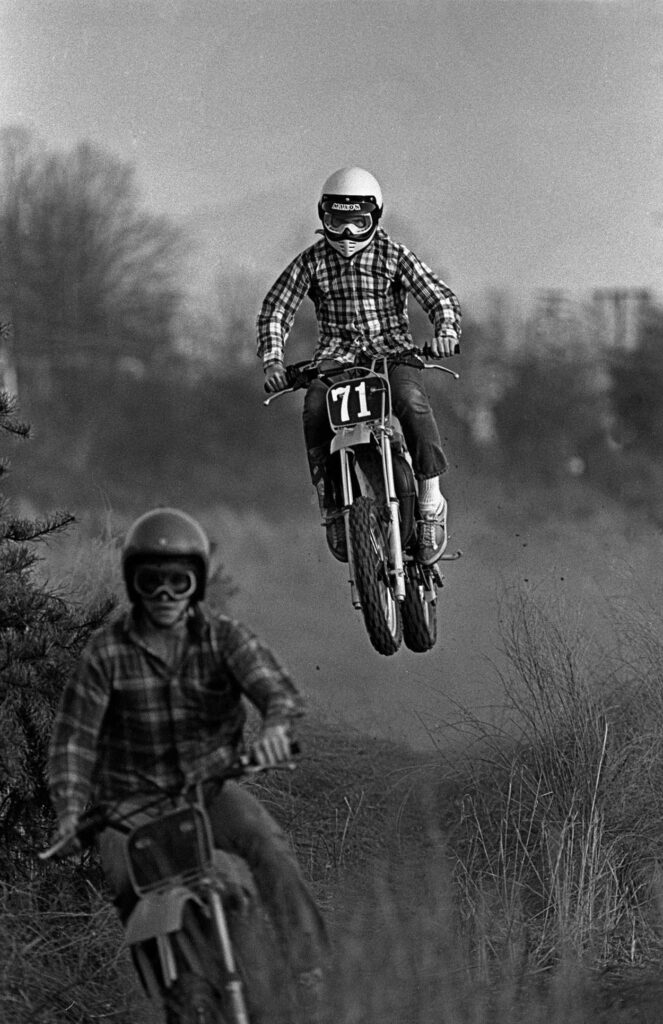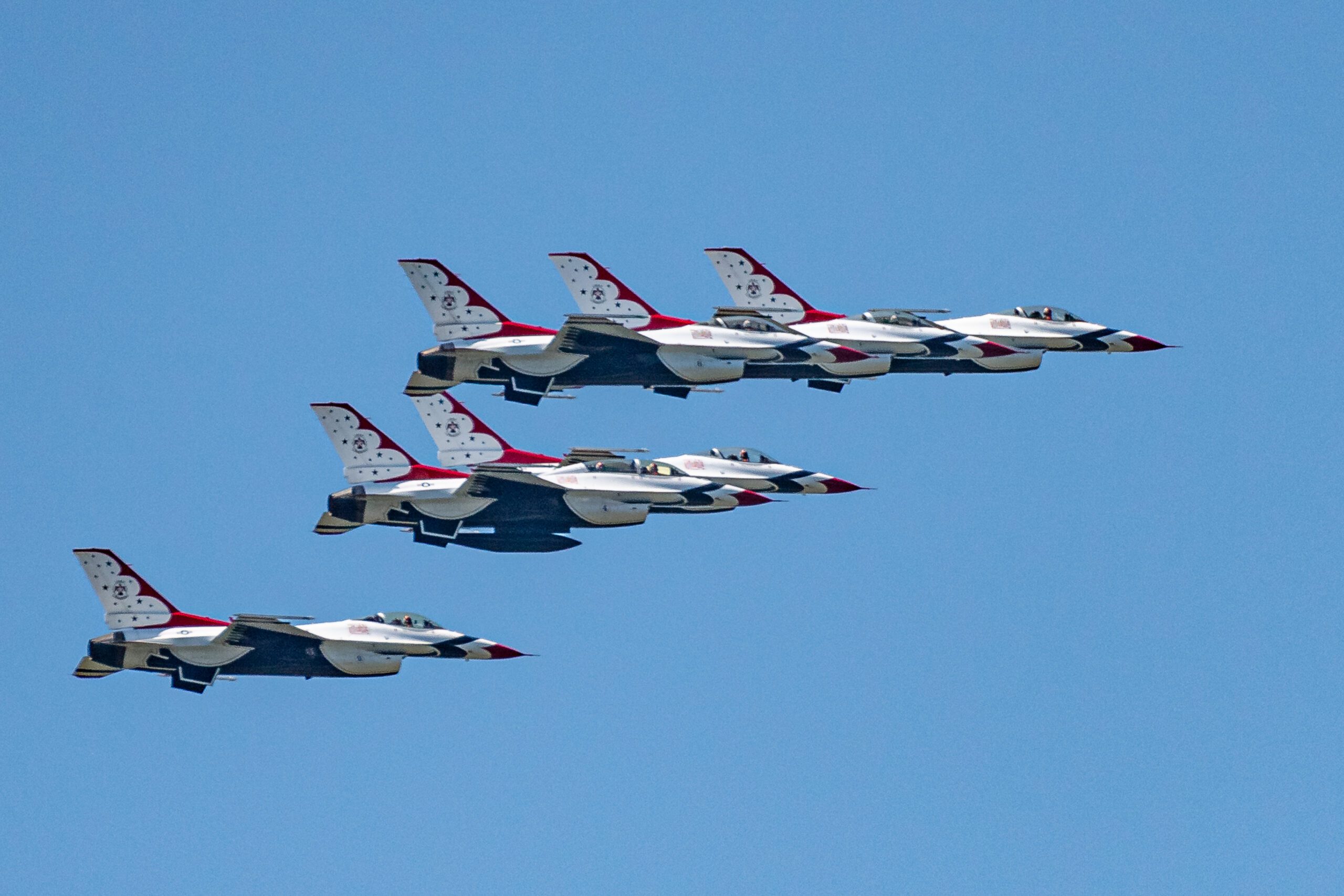Many of us went back to the movie theater this past weekend and watched “Top Gun: Maverick.” Tom Cruise brings Maverick back to the big screen.
Maverick has a rogue pilot’s attitude to life. It takes the death of Goose for Maverick [first movie] to look back on his actions with anything resembling a critical eye, as the young pilot is initially a reckless, feckless recruit who couldn’t care less about the lives he endangers and the potential damage he could do himself.
Our culture teaches us we are to take calculated risks. However, Maverick tells Rooster, “Don’t think, just do.”
“Remember that failure is an event, not a person.”
– Zig Ziglar
Without spoiling the movie, Maverick takes us on a journey where he is willing to push his limits. The greatest lesson Maverick teaches is the importance of believing you can do something.
One of the film’s central themes is, “It’s not the plane; it’s the pilot.” Maverick added, “What is achievable comes to the pilot in the box.”
“Believe in yourself! Have faith in your abilities! Without a humble but reasonable confidence in your own powers you cannot be successful or happy.
– Norman Vincent Peale
Creatives Need To Embrace Fear
Fear can be healthy. It is programmed into your nervous system and gives you the survival instincts you need to keep yourself safe from danger. Worry is unhealthy when it makes you more cautious than you need to be to stay safe and when it prevents you from doing things you would otherwise enjoy.
I watch many freelancers who have a hard time surviving in this industry. They overthink. They suffer from Analysis Paralysis. Analysis Paralysis is an inability to decide due to over-thinking a problem. An individual or a group can have too much data. The result is endless wrangling over the upsides and downsides of each option and an inability to pick one.
You Must Fail to Succeed
Failure is not a step backward; it’s an excellent stepping stone to success.
“Success is the ability to go from failure to failure without losing your enthusiasm.”
– Winston Churchill

What’s the worst thing that could happen?
It’s good to ask yourself, “What is the worst thing that can happen?” in any given situation. You might be spurred into action if the worst thing is not that bad. If the worst thing that can happen is terrible, then it might cause you to sit this one out and stay on the sidelines because the possible downside is so awful, even if the chance of it happening is minimal. It’s better to err on caution than on the side of catastrophe.
Aron Ralston went rock climbing alone and got his hand pinned against a rock wall by a boulder that moved while climbing down it. He didn’t tell anyone he was going hiking so no one would look for him. He was stuck there for five days. He then realized that although he couldn’t move or break the boulder that trapped him, he could escape the boulder by cutting off his trapped arm with the small, dull knife he had. So that’s what he did. He cut off his arm to survive—quite a story.
Had Ralston asked himself, “What’s the worst thing that can happen to me while hiking alone?” before going alone, he probably would have told someone where he was going in case he got in a situation where he needed help.
Mitigate the Risks
Take the time to develop a game plan to grow your business. Dream Big! The only thing you need to do is plan out the actions that you will need to take to implement your vision.
Ask yourself, “What’s the worst thing that could happen?” If you can lose money to implement the plan, be willing to lose that money. Consider it a way to test your idea out. It is you doing research.
“Why do I talk about the benefits of failure? Simply because failure meant a stripping away of the inessential. I stopped pretending to myself that I was anything other than what I was and began to direct all my energy into finishing the only work that mattered to me.”
– J.K. Rowling
I love how Thomas Edison looked at what many would call failure. He tried over and over to invent the light bulb. He probably failed more than most. It took over 10,000 failures to find the suitable material to make it work. Edison said, “I have not failed. I’ve just found 10,000 ways that won’t work.”
What is the difference between most successful freelancers vs. those who had to leave the industry? Confucius said, “Our greatest glory is never failing, but rising every time we fail.”
Those who get back on the bicycle after falling are the ones who learn how to ride a bike.
“My great concern is not whether you have failed, but whether you are content with failure.”
– Abraham Lincoln

